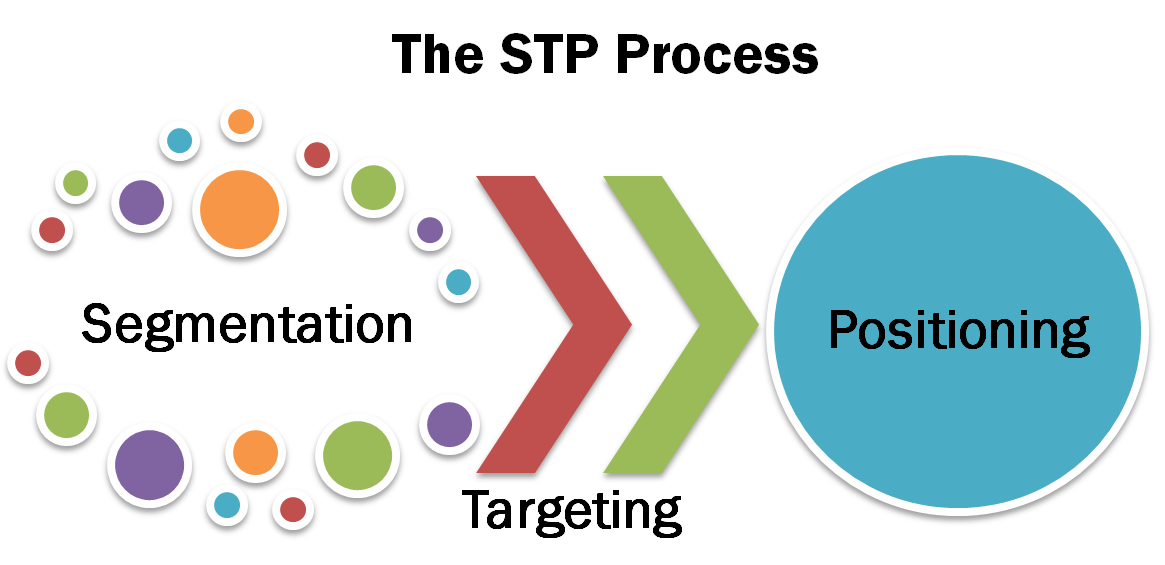6 min to read
Relationship Marketing and Data
How Amazon uses data for relationship marketing

In the context of entrepreneurship, a core factor for retaining customer and supplier loyalty while growing the business is within how well the relationship management is established within. In a brief context, relationship management relates to the process of how a certain entity manages, analyses and articulates the interactions with the past, current and potential customers in the future.
In this report, the organization of interest is Amazon.com where they have become the largest e-commerce giant in the world and the most trusted online shopping website in the United States itself. The reason for taking Amazon as the organization of interest for this discussion is that Jeff Bezos has pointed out that their relationship management strategy is the driving factor behind all this success, thus making it worthwhile analyzing this structure and strategy they have implemented.
This brings to our next point: DATA. Without data there can be no analysis no insights about the customers or the suppliers can be derived (Brush, 2018). Organizations can strive by combining big data (large volumes of varying and versatile data) with CRM data accumulated within to improve customer analysis.
Role of data in relationship marketing at Amazon

Amazon among many other companies collect their customers’ and prospective customers’ data which comprise of a major proportion of the internal data. Marketing department of Amazon in this case accumulates data about the interests and leads generated from the customers and the level and pattern of interactions of them. Apart from the purchasing behavior of the customers, other data related to segmentation and targeting procedures such as geographic location, age, gender and language preferences will be captured.
The website itself provides gateways and means in capturing this information via cookies with the permission of the customers. Amazon also captures website traffic (the frequency and volume in which the Amazon website is visited) and customer engagement activities are recorded as the customer progresses along a certain purchase instance.
Another significant area of data capture within Amazon is how the billing unit captures purchase trends (when they tend to buy), purchase volumes, amount spent on average etc. This helps Amazon in prioritizing the supply chain with products that has a price band that majority of the customers are accustomed to buy and continually and timely restructure the product portfolio to attract more customers seasonally.
When talking about data volumes, Amazon uses a CRM system called “Amazon CRM” where it captures 50 terabytes of customer data daily where they use this data to target and segment the customers and study the customer in and out. A recent report released by Amazon states that they have realized what kind of customers are most valuable to them.
How data improves customer expectations and service excellence at Amazon

It is a well-known fact that Amazon is a multi-vendor retail platform in the domain of e-commerce. Thus, the product managers within Amazon gather data about the satisfaction level of the customers, issues faced with each product, and the customer ideology about the company after each purchase instance. This information is later utilized by Amazon to understand the level of the quality of the suppliers trading on the Amazon platform and thus remove or warn vendors with defective products that can harm the brand image of Amazon. This is an imperative step taken by Amazon in utilizing data for optimizing relationship management as it helps them to retain the customer loyalty by maintaining a quality service and product deliverance.
Amazon also captures the demographic information of the customers such as age, gender, birthday, location of residence, anniversaries etc. This data is used by them on an analytical process known as an exploratory data analysis (EDA) and cluster analysis. The process of EDA is to identify milestones of the customer and generate automatic reminders to tempt them in using Amazon website to make a purchase for a special occasion of the customer such as a birthday, anniversary etc.
Segmentation, targeting and positioning of products at Amazon

Being an e-commerce giant, Amazon primarily uses demographic and psychographic segmentation to cluster or in this case, segment the market. An interesting fact about the segmentation process at Amazon is that it is based on actual purchase behavior of the customers but not based on what the customer might have shown interest on. Thus, the segmentation uses data related to a realized transaction (purchase) but not potential purchases in the future. Amazon conducts a micro level segmentation to allow them to convert visiting individuals to long-term loyal customers.
As stated earlier, Amazon’s segmentation involves creating personas or customer profiling as to which customer will purchase in a certain manner and which products are the most probable. For instance, Amazon’s segmentation has given insight that they are more lucrative to target middle-class and upper-class individuals who are tech savvy but is short on time to or rather actually prefer convenience of online shopping over shopping at a physical store.
Even though the two, above mentioned segmentation strategies are primarily used by Amazon, a deeper analysis and investigate the audience segmentation of Amazon provides that there are four clearly homogeneous segmentation techniques utilized by them. Namely, these are demographic segmentation, situational segmentation, psychographic segmentation and geographic segmentation.
Amazon has further utilized their analysis to identify the psychology of the customers to segment them into groups based on loyalty level, affiliation towards innovation and changes, affiliation towards customer care and those buyers who click on recommended and suggested products the most.
When focusing on the positioning of Amazon, it has become the ecommerce giant with the strategic positioning which they term as “Glocal”. This stands for “Go global Act local” which means that a person is given the opportunity to purchase a certain product or multiple products and get it delivered to any remote location.
Learnings from Amazon: A look back in retrospect

In conclusion, it can be stated that, when talking about relationship management and in the most used wording of “customer relationship management (CRM)”, the essence is within the data that is being used. Without data there can be no analysis no insights about the customers or the suppliers can be derived. Amazon, as mentioned above also conducts an analysis called the situational analysis where the reasons and thinking process of the customers to visit the website is analyzed and clustered accordingly.
Another important way Amazon uses data is, to profile their buyers and sellers. They have been using the data to identify the potential capacity of the individual to purchase and potential segments that the customer will branch out to in buying something.
There are many more other ways in which Amazon utilizes data than those captured above. Till next time… Happy customer managing… !!!


Comments